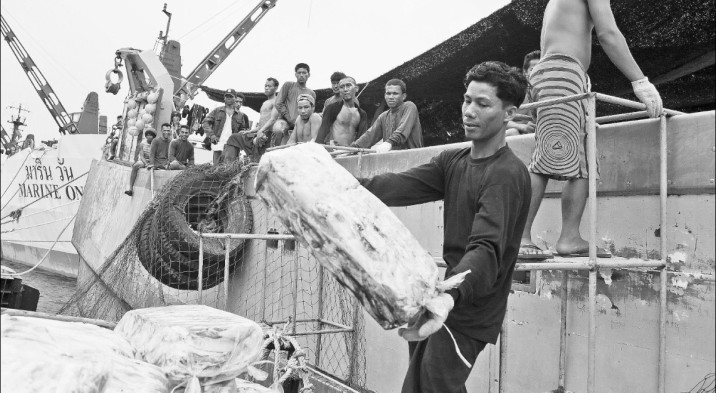
He was too sick to eat, and Min Min Chan’s chest ached with each breath he sucked. It didn’t matter: The Thai captain warned him to get back on deck and start hauling fish onto the trawler or be tossed overboard. As a 17-year-old slave stuck in the middle of the sea, he knew no one would come looking if he simply vanished.
Less than a month earlier, Chan had left Myanmar for neighbouring Thailand, looking for work. Instead, he said a broker tricked him and sold him onto the fishing boat for $616. He ended up far away in Indonesian waters before even realizing what was happening.
Tens of thousands of invisible migrants like Chan stream into Thailand, Southeast Asia’s second-largest economy, every year. Many are used as forced labour in various industries, especially on long-haul fishing boats that catch seafood eaten in the U.S. and around the world. Others are dragged into the country’s booming sex industry.
Next week, when a U.S. report on human trafficking comes out, Thailand may be punished for allowing that exploitation. The country has been on a U.S. State Department human trafficking watch list for the past four years. Washington warned in last year’s report that without major improvements, it would be dropped to the lowest rung, Tier 3, joining the ranks of North Korea, Syria, Iran and READ MORE…